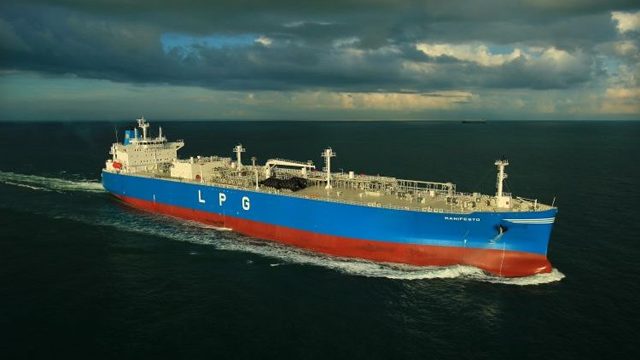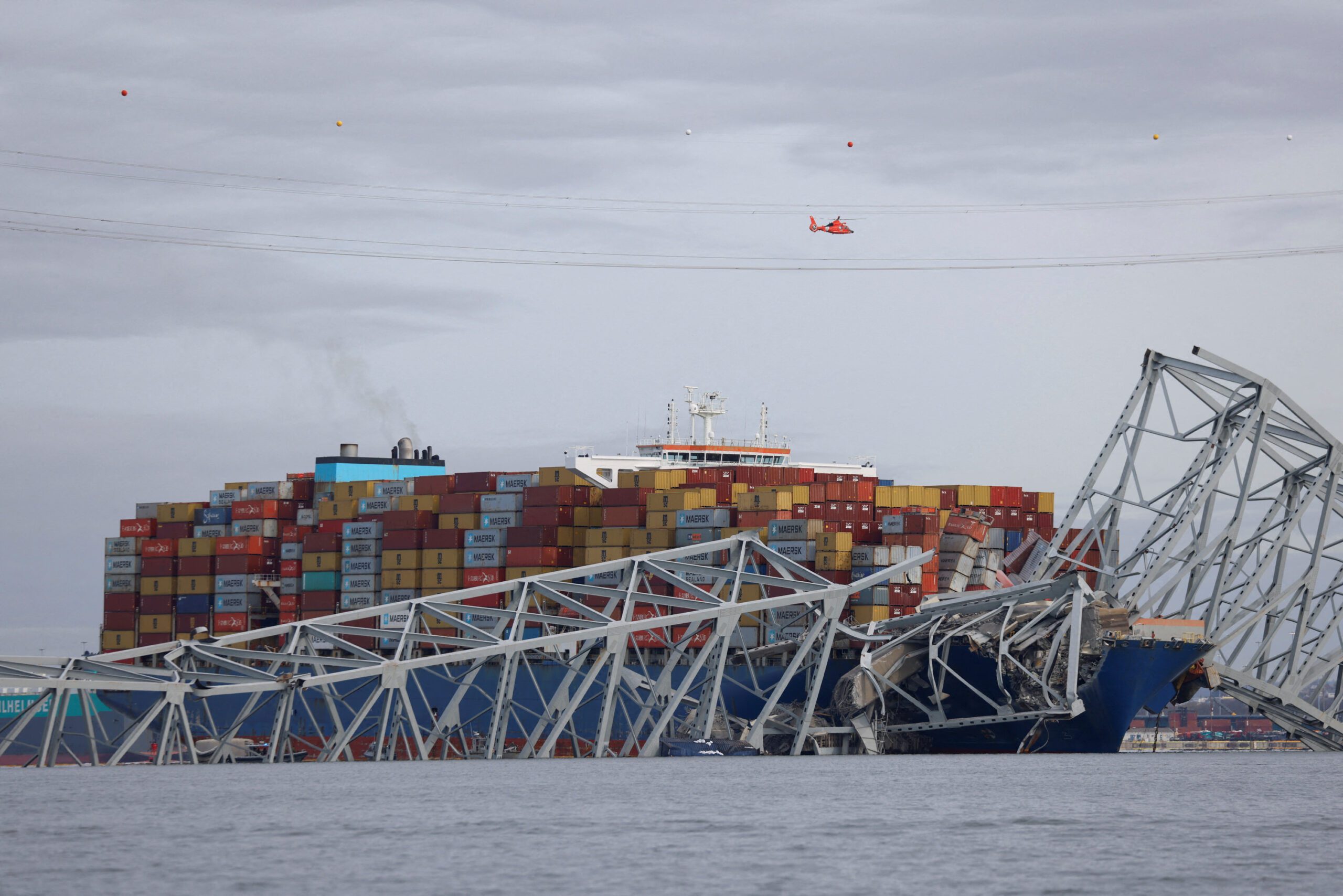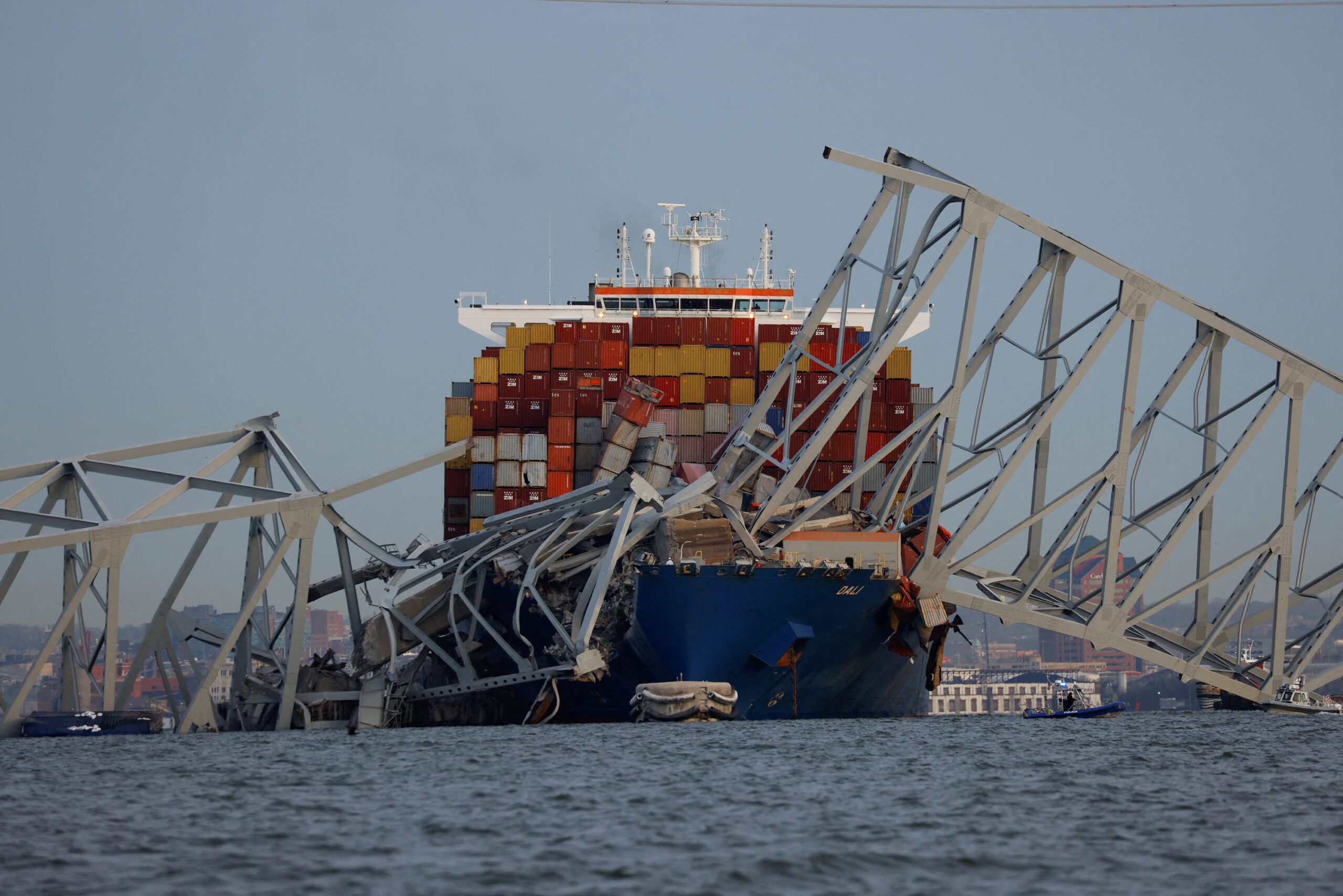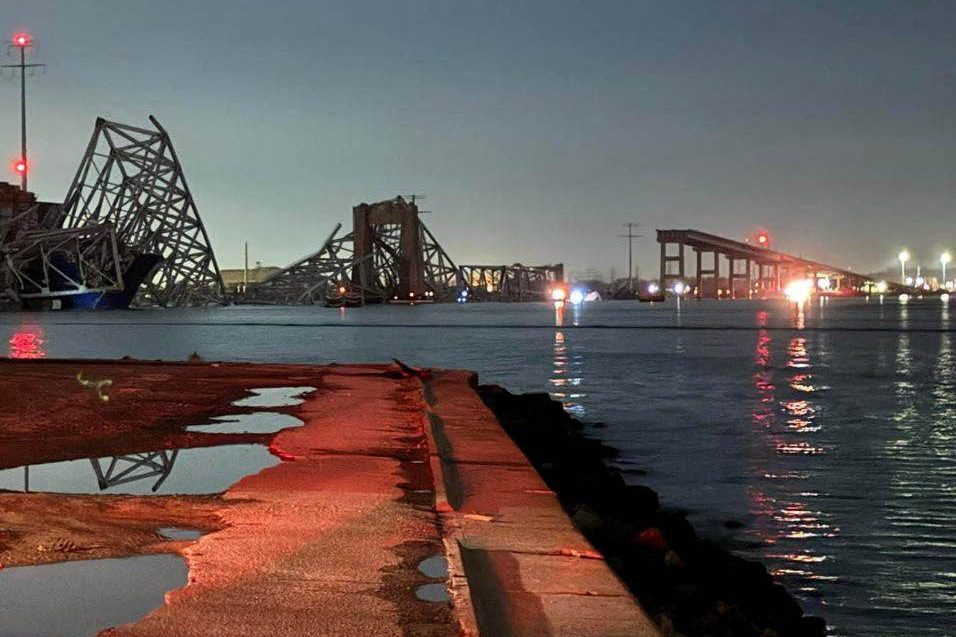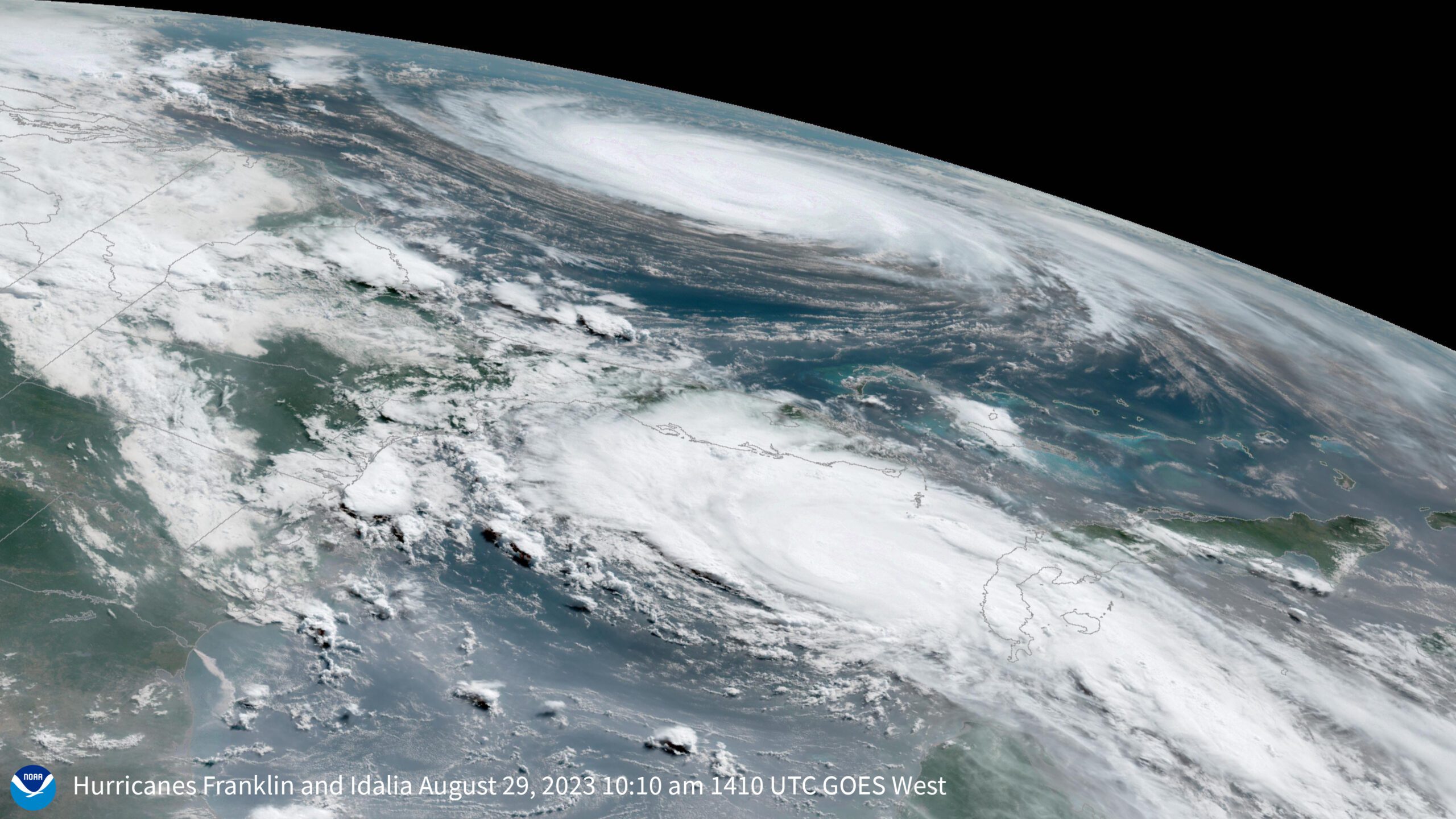By Paul Tugwell
July 1 (Bloomberg) — Increased U.S. exports of liquefied petroleum gas amid higher shale oil production will boost demand for ships that carry gases such as propane, butanes and ethane, Paris Kassidokostas-Latsis, director at Athens-headquartered Latsco Shipping Ltd., said.
Shipments of LPG from the U.S. rose to a record 506,000 barrels a day in April, up 65 percent from a year earlier, Energy Information Administration data show. Production of the gases has grown as high oil prices and improvements in horizontal drilling and hydraulic fracturing techniques have allowed producers to tap into crude and gas trapped in layers of shale rock more than a mile beneath the Earth’s surface.
“The U.S. shale oil revolution is the main game-changer for the LPG market,” Kassidokostas-Latsis said in an interview in the Greek capital. “We are very optimistic on further growth of demand for LPG ships, especially from the U.S. on the back of shale.”
LPG in the U.S., used for cooking and heating and as a feedstock for the petrochemicals industry, is mostly produced as a byproduct of natural gas. U.S. crude output reached 8.48 million barrels a day in the week ended June 13, the highest since October 1986, while natural gas output is forecast to hit a record for the fourth straight year. The ample supply of gases has depressed prices along the U.S. Gulf Coast, benefiting petrochemical manufacturers and encouraging exports.
Ship Orders
That has increased demand for the largest ships hauling LPG, known as VLGCs, that can hold about 80,000 cubic meters (2.8 million cubic feet). The cost to transport 1 million tons of LPG on a VLGC on the benchmark Middle East to Japan route was $128.19 yesterday, 66 percent higher than 12 months ago, according to the London-based Baltic Exchange.
Latsco operates four VLGCs, each with a carrying capacity of 82,000 cubic meters, seven medium-range product tankers with total capacity of 343,815 deadweight tons and four long-range product tankers with combined capacity of 335,654 deadweight tons. Product tankers carry refined petroleum products.
The company ordered 12 ships in 2013, including four VLGCs from South Korea’s Hyundai Heavy Industries Co., three long- range product tankers from Hyundai Samho Heavy Industries Co. and five medium-range product tankers from Hyundai Mipo Dockyard “worth just under $700 million,” Kassidokostas-Latsis said.
“The long-term fundamentals are strong for the products market in general,” he said.
Latsis Family
The order represents the Latsis Group’s “vigorous return” to shipping that, along with a reorganization of Latsco, opens a new chapter in its 70 year-old maritime history, according to Kassidokostas-Latsis.
The Latsis family’s interests extend to refining, real estate and banking. Spiro Latsis, the son of deceased shipping tycoon Yannis Latsis, has a net worth of at least $3 billion, making him Greece’s richest man, according to the Bloomberg Billionaires Index. The family has stakes in the country’s largest refiner Hellenic Petroleum SA, in real-estate developer Lamda Development SA, and controls Zurich-based private-banking company EFG International AG.
The EIA projects the U.S. will be a net exporter of LPG through 2040, because of continued increases in natural gas and oil production. Shale gas production in the U.S. will grow to 19.8 trillion cubic feet in 2040 from 9.7 trillion cubic feet in 2012, according to the EIA. Greece has the world’s largest merchant fleet with over 3,400 vessels accounting for almost 16 percent of global carrying capacity, according to the Greek Shipping Ministry.
Robust Rates
Freight rates for ships carrying LPG are set to “remain robust through the summer,” Arctic Securities said April 29, citing “seasonal strength in exports of U.S. LPG.” The total fleet of such vessels is about 160 ships.
“We took delivery of the first long-range product tanker in June and all other vessels will be in the water by 2016,” Kassidokostas-Latsis said. The Latsis family contributed equity and added some “traditional bank financing from abroad,” he said.
Recently there’s been a build-up in the LPG order book with the number of vessels scheduled for delivery in 2015 and 2016 set to increase the fleet by 50 percent, Kassidokostas-Latsis said. “In any other sector that would be a red flag, but these new ships will be absorbed by extremely buoyant export growth, primarily from the U.S.”
Panama Canal
Latsco doesn’t fear the long-term effects of the expansion of the Panama Canal on VLGC rates. The widening of the waterway linking the Atlantic and Pacific Oceans will cut the number of LPG carriers needed to transport the fuel as round-trip voyages between Tokyo and Houston will be shortened by around 17,000 miles. Construction to expand the canal was 76 percent complete of May 31, according to the Panama Canal Authority.
“Once the expanded canal opens, we may see a slowdown in freight rates for VLGCs as the distance to the Far East from the U.S. Gulf will be shorter, but in the long term this will make LPG more attractive and competitive compared with other commodities and that will lead to an increase in demand and a readjustment of rates,” Kassidokostas-Latsis said.
–With assistance from Anna Shiryaevskaya and Tom Metcalf in London.
Copyright 2014 Bloomberg.
Unlock Exclusive Insights Today!
Join the gCaptain Club for curated content, insider opinions, and vibrant community discussions.

 Join The Club
Join The Club



